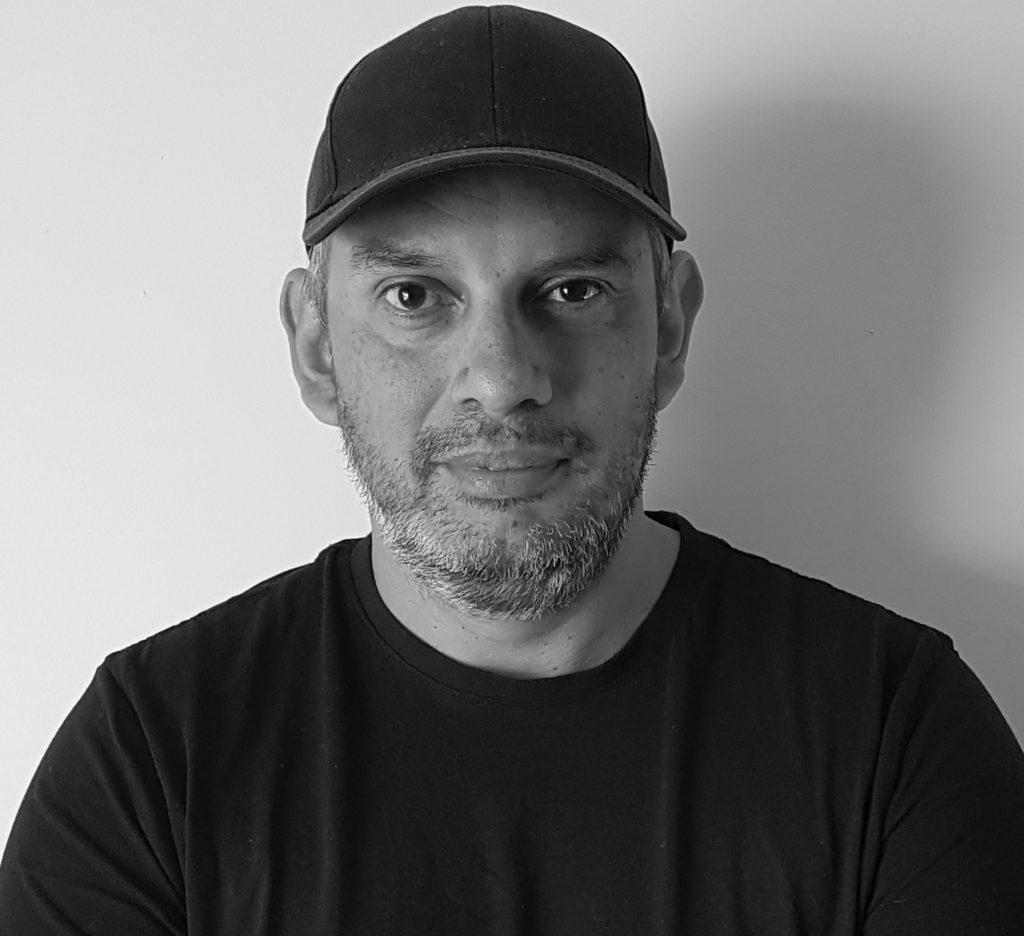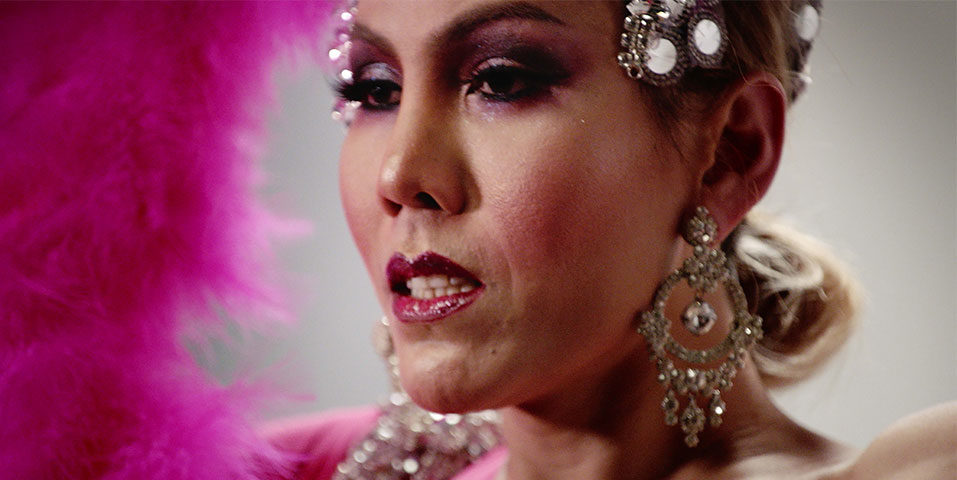Currently a student in the Master of Arts Screen: Documentary, Michael Bonner already has shorts, documentaries, festival appearances, nominations and television-broadcasted work under his belt. His short, What Do You See premiered at Frameline Film Festival in San Francisco and followed with several screenings across Australia and the US, becoming a finalist at the Human Rights Film Festival Melbourne 2019 and Queer Screen Sydney Gay Mardi Gras Film Festival.
What Do You See will soon be heading to Toronto, Canada to screen at ImagineNative Film Festival. Our Head of Documentary, Rich Welch spoke to Bonner about developing the original concept, navigating the production process and seeing the film screen at international film festivals.

MA: Documentary student Michael Bonner
RICH WELCH: How did the story come about?
MICHAEL BONNER: AFTRS did a casting callout for people who had an interesting story about their life that could be adapted into a hybrid documentary. Over 2 days I interviewed around 10 people for around 30-40 minutes each. Out of these we would choose who we thought would be good to make the film on. I pretty much picked Sereena within the first 5-10 minutes, she was constantly throwing my questions back at me asking me what did I think? This would eventually be the main theme of the film asking the audience what did they think or what do they see.
WELCH: The film plays with documentary form, and embraces a performative style. Can you tell us how this developed?
BONNER: A lot of this came from Sereena herself but I did look at films such as The Imposter and Casting Jon Benet to look at how they told their stories within a controlled environment. I didn’t want to have a sit down master interview type feel for my film and decided to construct three different scenes as I saw three distinct personas that Sereena talked about. Basically a past, present and future of her life, her past being who she used to be and how she was perceived in her homeland of Malaysia. Her present being who she needs to be now to just get by and her future of accepting who she is and how she hopes to live in the future. She is a performer and I really wanted to play on that strength of hers within these 3 heavily curated sets and personas. I originally had planned to film elements of this story in front of a green screen but after testing with my producer and talks with my production designers I was confident that we could achieve building 3 complete scenes in the studios and was also confident that Sereena could inhabit these sets in three different costumes throughout the one day we had to shoot.
WELCH: Did you discuss the process with Sereena, and what was her experience of the shoot and finished film?
BONNER: Sereena was talked through the process and my plans for the shoot. She is an emerging actress and I realised early on that the performance side of things was something she would be able to handle. She loved the script and she learnt the script quickly but was also able to add a few little impromptu scenes that I think made the film better. She was very nervous however on the shoot day but because we had gone through everything the weeks leading up to this I knew her well enough to know what her acting processes were and when to give her space or when to help her through a scene.
WELCH: Are there any films or filmmakers, who’s style has influenced your approach in the making of this film?
BONNER: As I mentioned before I was influenced by The Imposter and Casting Jon Benet but I also looked at films such as Yagan by Kelrick Martin, Mullholand Drive by Rebekah del Rio, Cicada by Amiel Courtin Wilson and also early on I had the idea of using verbatim and have Sereena lip synching part of the script so watched The Arbor, by Clio Barnard “Can I forgive her”. I wanted to make a powerful statement with this film but at the same time make it simple and really wanted Sereena talking straight to camera like she would be talking to anyone in the audience. I wanted the audience to feel she was talking to them and only them.
WELCH: What themes did you want to explore in the making of this film?
BONNER: I really wanted to get straight to the heart of what Sereena’s story is and get the audience invested in her from the opening statement. I also put restrictions on myself such as trying to make a film that was only 5-minutes so I’d be forced to get into her story without a lot of fuss. It was my first attempt also at a hybrid documentary so wanted to have fun and play with different elements, sets, costumes and camera techniques. The final shot or the big reveal was something I had in mind early on and was happy with the result.
WELCH: The film has been selected for imagineNATIVE this year. What does this mean to you as a filmmaker to have your film screening at this festival?
BONNER: Over many years I have been working to get a film into ImagineNATIVE so I was thrilled to learn this film was selected. As a practitioner my plan is to find ways in telling Aboriginal and Torres Strait Islander stories for International audiences so going to ImagineNATIVE will help me in seeing how other Indigenous peoples tell their stories. I think as filmmakers we can fall into the trap of not looking past our own projects so going being able to see what other filmmakers are doing especially in this space (Indigenous Films) can help me to find my own style and methods in telling unique stories.
WELCH: What themes/films are you interested in exploring in future?
BONNER: I really would like to try more hybrid docos especially with traditional Aboriginal stories. I think we need to find new and exciting ways to tell our stories and I’m hoping to explore other avenues in telling them.
Learn about our Master of Arts Screen: Documentary here.
